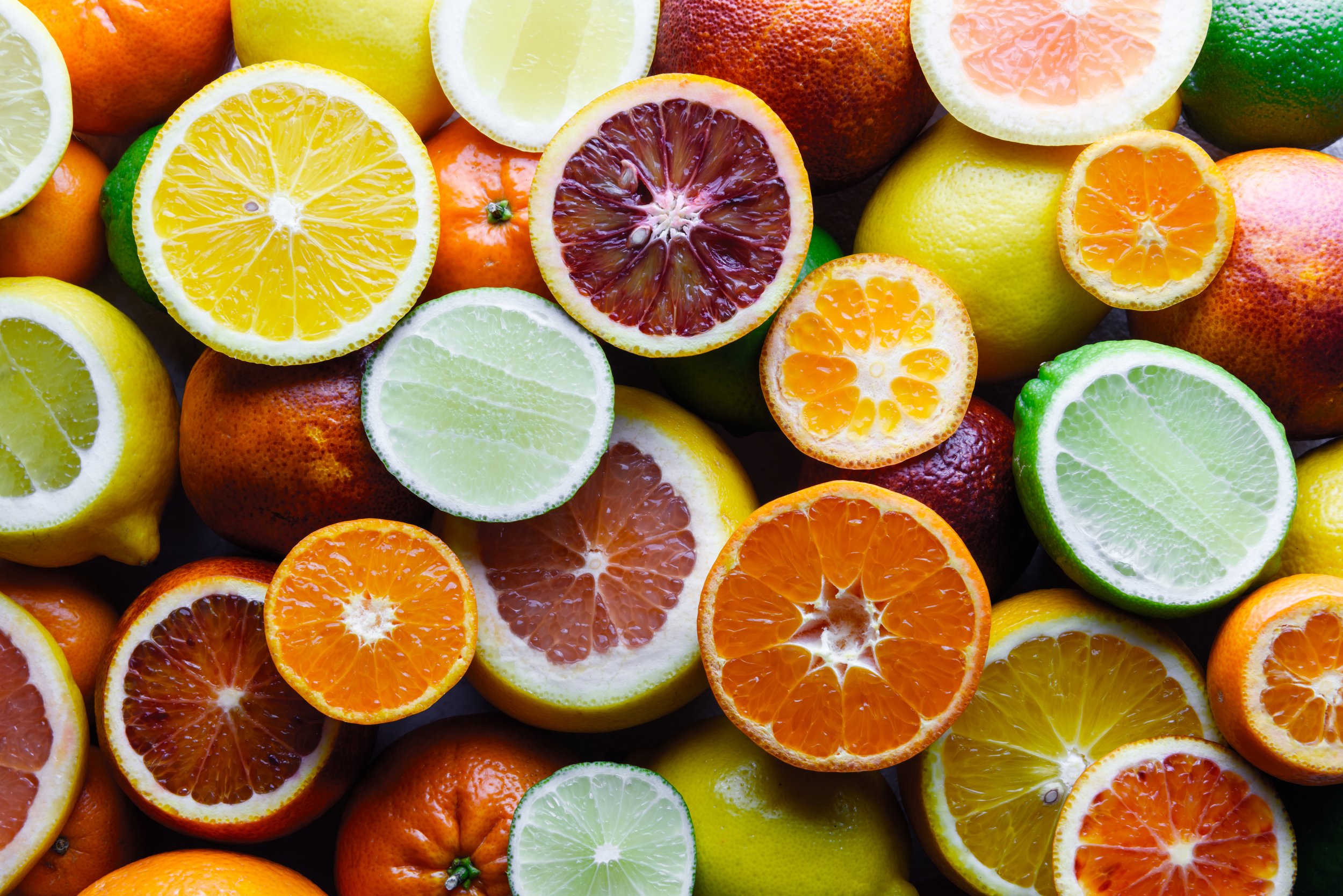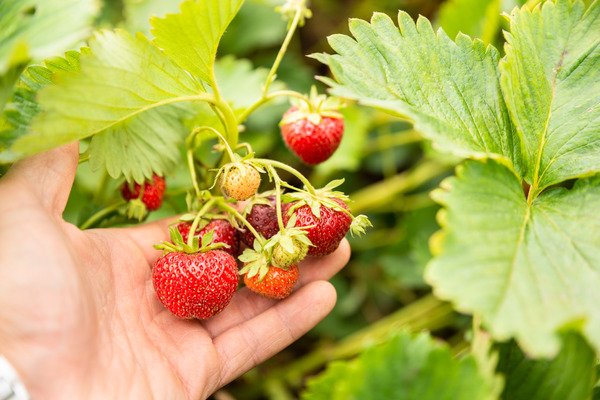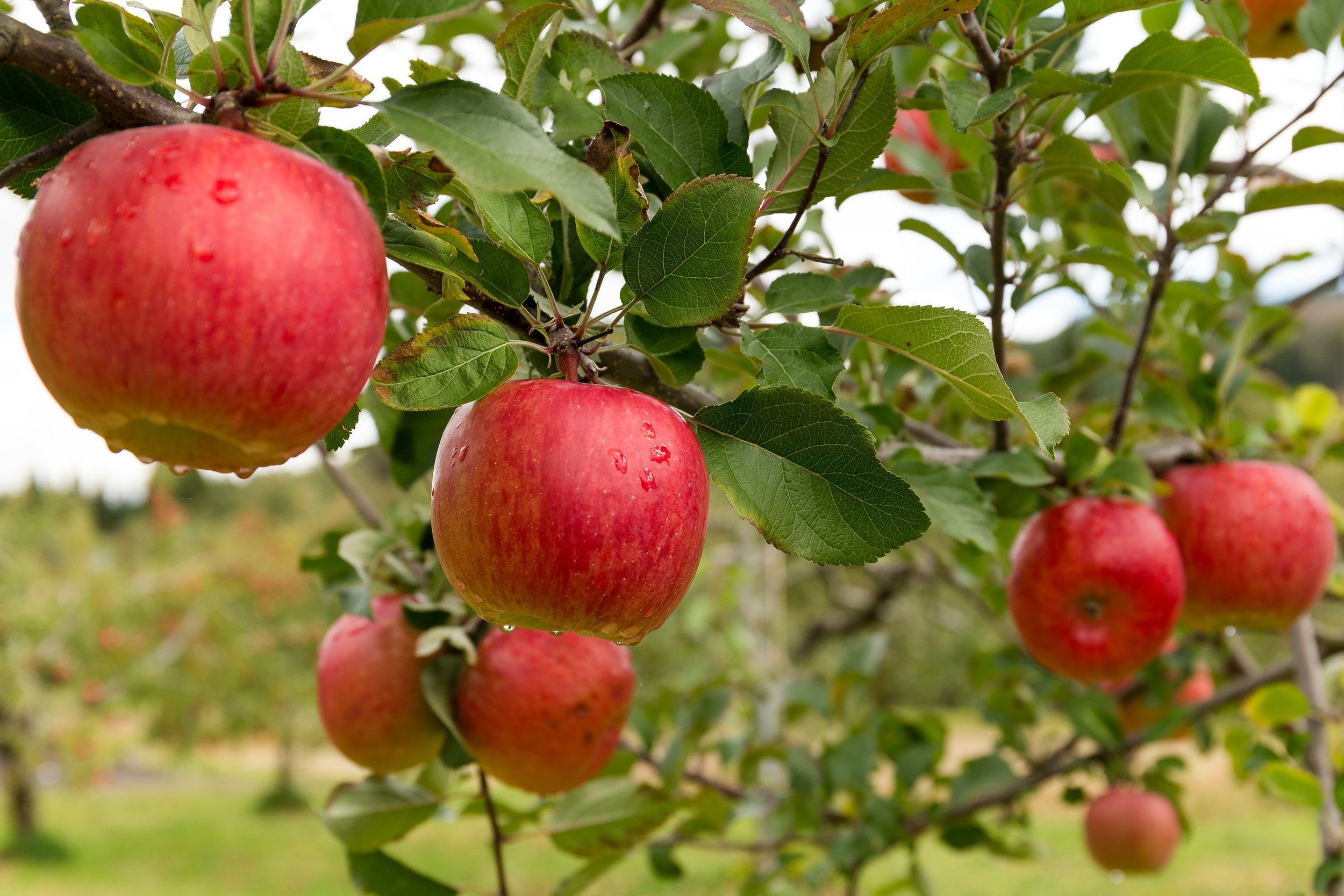Tags
- Alternaria Brown Rot 1
- Anthracnose 1
- Aphids 4
- Apples 1
- Avocado 1
- Bird Protection 1
- Black Olives 1
- Black Sooty Mould 1
- Black Spot 1
- Blister Mites 1
- Blueberries 1
- Brown Rot 1
- Casimiroa 1
- Caterpillars 3
- Cherimoya 1
- Chilean Guava 1
- Cleopatra 1
- Cold Hardy 1
- Copper Hydroxide 1
- Cost Effective 1
- Cranberry 1
- Eco-Neem 1
- Esther 1
- Feijoa 1
- Feijoa Bud Mite 1
- Figs 1
- Freeflo Copper 1
- Fruit 3
- Fuerte 1
- Fungal Disease 1
- Fungicide 1
- Fungus 1
- Fuyu 1
- Grapefruit 1
- Grapes 1
- Green Olives 1
- Green Vegetable Bugs 1
- Grosafe BioNeem 1
- Grosafe Enspray 99 3
- Guava Moth 1
- Harvesting 1
- Hass 1
- Herbicide 1
- Kiwifruit 1
- Kumquat 1
- Lawn Care 1
- Leaf Curl 1
- Leaf Roller Caterpillars 2
- Legally Approved Insecticide 1
- Lemons 1

Sub tropical fruit care
Sub tropical fruit include; Passionfruit, Cherimoya, Casimiroa, Loquat, Kiwifruit, Chilean guava, pomegranate

Stone fruit - Peaches and Nectarines

Pip Fruit -Nashi and Quinces
How to choose and care for Nashi Pears and Quinces at home.

Citrus
Specific details for citrus growing in New Zealand.

Growing Strawberries

Blueberries
Blueberries and their care, pruning and pests and diseases.
Product information for insecticides that we recommend
An in-depth look at the insecticides we recommend that tick the boxes for low toxicity, eco friendly, cost effectiveness and legally approved.

Olives
Olives can be used as a hedge or as a stand-alone feature tree. They also look good in a container on a patio or deck to create a Mediterranean feel. Well known for their oil, rich in oleic acid and good for cardiovascular health – monounsaturated fat which is ‘good’ cholesterol.

Grapes
Fruit forms on current-season’s growth near the base of the new canes.
Prune in late winter on a dry day, cutting out all of last-year’s growth, leaving just 4–6 canes about a metre long. If growing over a pergola, leave a canopy of three to four leader canes about 70cm apart and remove all other growth, leaving just a couple of buds on the laterals off each leader.

Tamarillos
Tamarillos, native to the Andean region of Bolivia, are the most cold-averse of the sub-tropical fruits. They love heat. Whilst they tolerate lowish night temperatures for a period, they prefer a minimum day temperature of 15⁰C. They are sensitive to any frost.

Persimmons
Persimmons are an attractive small tree with large glossy leaves, stunning autumn foliage colours and delicious fruit that holds on the tree into winter.

Figs
Figs are relatively easy to grow and a favourite with many people. Raiding birds continue to be a major challenge, but gardeners continue to take up the challenge – some years getting a harvest, and some years the birds win. Netting the tree as soon as fruit begins to ripen is the only way to be sure of picking a good crop in most home gardens. To make netting easier, follow a pruning regime that maintains a smaller tree. Maintaining a smaller tree is easier when growing in pots or Evergrow root restriction Bags

Feijoas
Fruit mainly forms on last-year’s growth at or near the base of new current-year’s growth.
Prune in late winter after harvest.

Avocados
Avocados require very good drainage in a frost-free area. They will tolerate some frost when established.
If the soil is less than well drained, it must be modified to improve the drainage by mixing in copious amounts of compost and raising the planting area 20–30cm above the surrounding soil.

Stone Fruit - Apricots, Cherries and Plums
Many apricots varieties are less likely to require thinning, but some will, especially dwarf.
Plums are the first fruit to flower in early spring when the weather can dramatically reduce bee activity, resulting in poor fruit set. In the occasional good year some thinning may be necessary. Refer to the Plum chart in Section 2 for pollinisers if needed.

